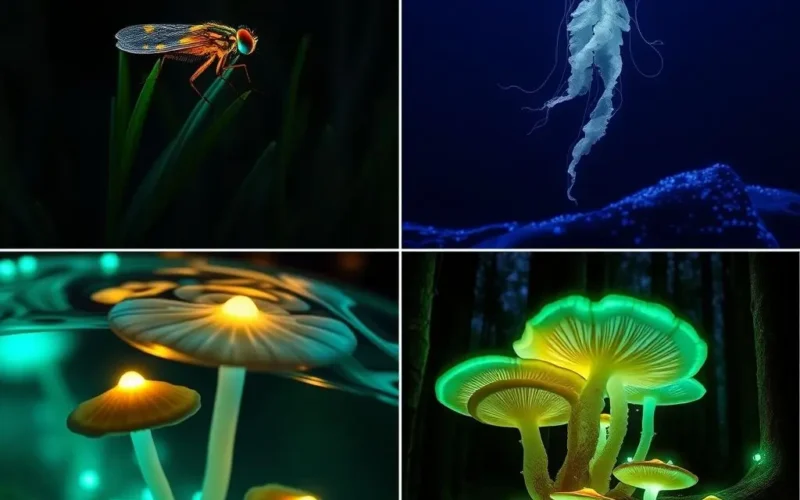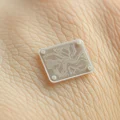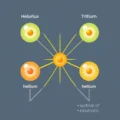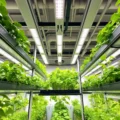Imagine a world where light doesn’t come from flipping a switch, but from something… alive. A gentle, ethereal glow emanating not from a bulb or a diode, but from the very fabric of nature itself. This isn’t the stuff of fantasy novels or ancient myths; it’s the captivating reality being explored by scientists and engineers delving into the potential of bioluminescent lighting.
We see glimpses of it already in the quiet magic of fireflies dancing on a summer evening, the startling electric blue of a plankton bloom disturbing the night sea, or the eerie glow of certain fungi illuminating a dark forest floor. These organisms perform a biochemical marvel, generating light through a complex internal reaction, a natural phenomenon that has existed for eons.
The question now is: can we bottle that lightning? Or perhaps, grow it? The ambitious goal is to harness this living light source and integrate it into our everyday lives, potentially revolutionizing how we illuminate our spaces and interact with energy.
Table of Contents
What Makes Living Things Glow? The Chemistry of Light
At its heart, bioluminescence is a chemical reaction. It requires two primary ingredients: a molecule called luciferin and an enzyme called luciferase. When luciferin is oxidized in the presence of luciferase and usually oxygen and energy (often in the form of ATP, the energy currency of cells), it releases energy in the form of light. Think of luciferase as the catalyst that makes the reaction happen, and luciferin as the fuel that burns (without heat) to produce light.
Different organisms use slightly different versions of luciferin and luciferase, leading to variations in the color and intensity of the light produced. This is why fireflies glow yellow-green, while some deep-sea creatures emit blue or red light. The efficiency of this reaction is remarkable; almost all the energy released is in the form of light, with very little lost as heat, unlike traditional incandescent bulbs which waste significant energy as heat.
Nature’s catalog of bioluminescent life is vast and diverse, found across kingdoms: bacteria, fungi, algae (like dinoflagellates), insects (fireflies, glow-worms), marine invertebrates (jellyfish, squid), and fish. Each has evolved this ability for various reasons – attracting mates or prey, deterring predators, communication, or simply to illuminate their surroundings in the perpetual darkness of the deep ocean.
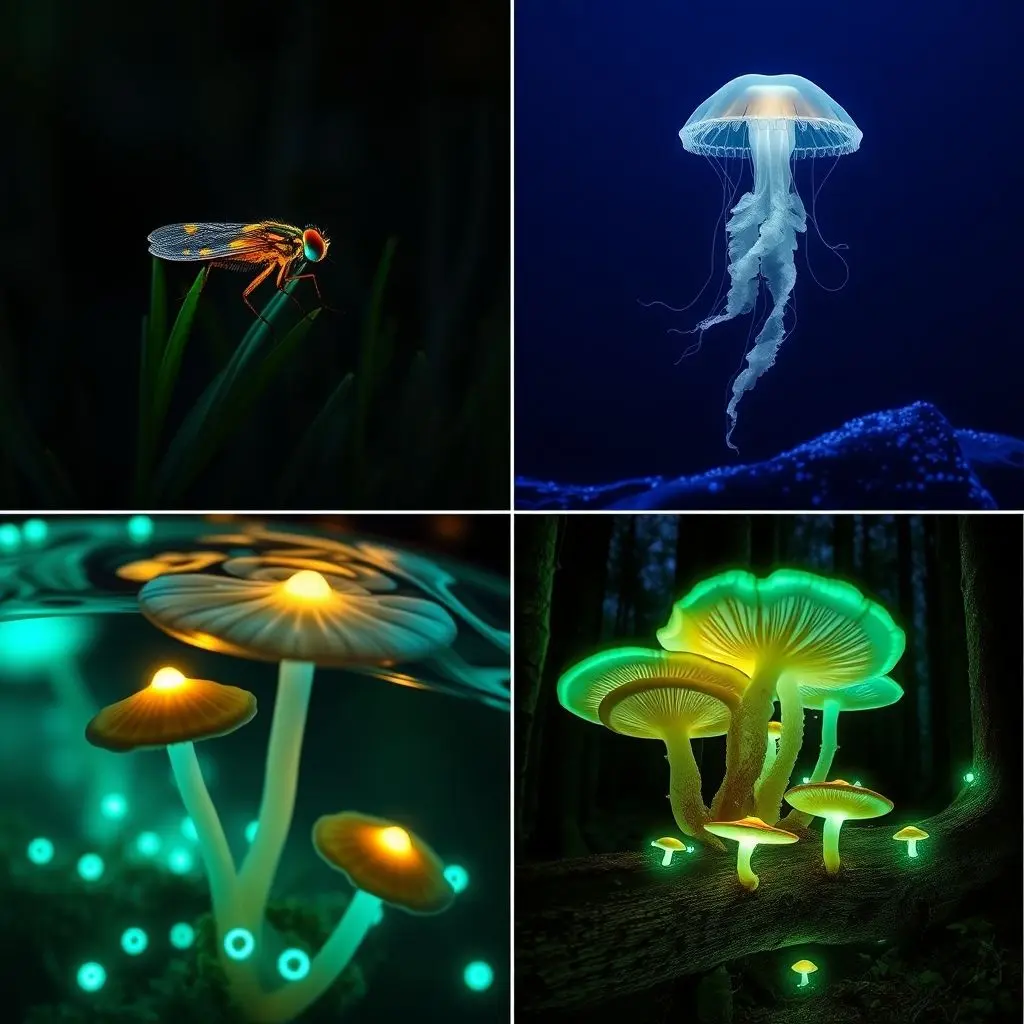
Why Turn to Nature for Our Lights? The Drive for Sustainability
Our current global energy consumption for lighting is staggering. Traditional electric lighting, while ubiquitous, relies heavily on energy grids powered by fossil fuels. This contributes to carbon emissions and environmental concerns. The promise of bioluminescent lighting lies in its potential for sustainability.
- Reduced Energy Consumption: Theoretically, a bioluminescent light source wouldn’t require a constant draw from the electrical grid. It would need ‘fuel’ for its biological processes, but this could potentially be provided in more sustainable ways, like nutrient solutions for glowing bacteria or algae.
- Renewable ‘Fuel’: The components needed for the bioluminescent reaction can often be replenished biologically, making the light source potentially renewable.
- Lower Environmental Impact: Manufacturing traditional bulbs can involve complex processes and materials. Bioluminescent systems could potentially be grown or cultivated, reducing manufacturing waste and reliance on scarce resources.
- Novel Applications: Beyond just replacing existing lights, bioluminescence opens doors for completely new applications where wiring is difficult, impossible, or undesirable.
Tapping into these living systems could offer a path towards lighting solutions that are not only energy-efficient but also potentially regenerative and lower in environmental footprint.
From Glowing Critters to Practical Lamps: The Research Frontier
Harnessing natural bioluminescence for practical human use is no small feat. Scientists are exploring several avenues:
- Engineering Bioluminescent Organisms: One approach involves genetically modifying bacteria (like E. coli) or other single-celled organisms to produce bright, stable light. Researchers are working to enhance the light output, make it last longer, and potentially control its intensity or color. Imagine a future where streetlights are transparent tubes filled with a nutrient solution hosting these glowing microbes.
- Extracting and Stabilizing Compounds: Another strategy is to extract the luciferin and luciferase enzymes from organisms and use them in a controlled, non-living system. The challenge here is keeping the enzymes stable and the reaction running efficiently outside of their natural cellular environment. Encapsulation technologies and novel delivery systems are being investigated.
- Hybrid Systems: Combining biological components with artificial ones could offer a stepping stone. For example, using bioluminescent bacteria embedded within a protective gel or matrix, perhaps combined with a small power source for stimulating the reaction or delivering nutrients.
Significant challenges remain. Natural bioluminescence is often not as bright as electric light sources. Maintaining the viability and light output of living organisms in varying environments is complex. Scaling up production and ensuring safety and stability are also key hurdles.
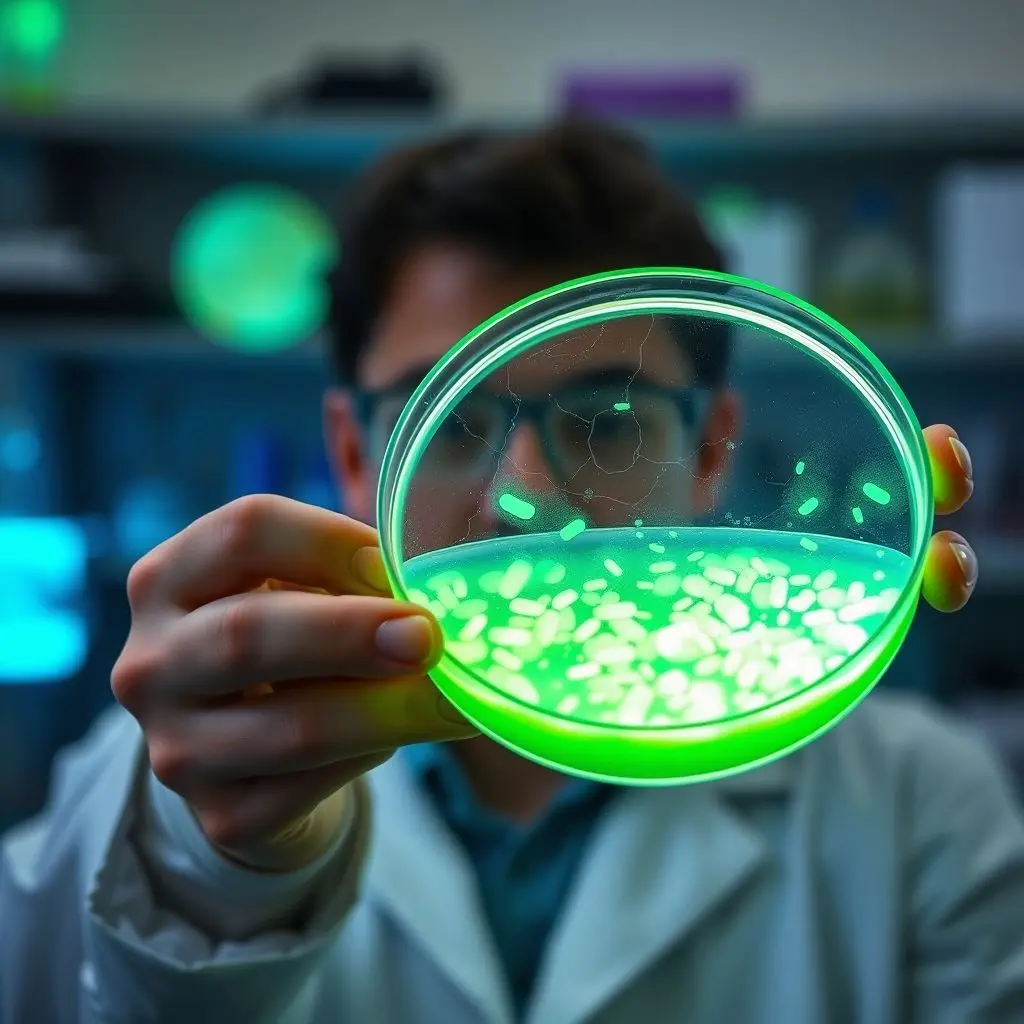
Potential Sparking Applications
The vision for bioluminescent lighting stretches across many domains:
- Street and Public Lighting: Imagine softly glowing trees lining streets or pathways illuminated by embedded, biologically active modules. This could reduce light pollution and energy costs, though brightness remains a major challenge for widespread adoption.
- Emergency Signage: Self-sustaining, glowing exit signs that require no external power could be invaluable during blackouts. These could potentially use encapsulated enzymes or slow-release nutrient systems.
- Architectural and Decorative Lighting: Think of glowing panels, walls, or installations that provide ambient light with a unique, natural aesthetic. This could open up entirely new design possibilities.
- Indoor Lighting: While full room illumination is a distant prospect, subtle lighting for mood or specific tasks could be developed. Perhaps even bioluminescent plants integrated into interiors.
- Indicative Lighting: Low-level glow could be used for markers, displays, or sensors in various industries.
It’s about borrowing sparks from the sea and soil to create illumination that feels organic and integrated with our environment.
Speaking of borrowing sparks, if the thought of nature lighting your world lights *you* up, you might enjoy this quick glimpse into the topic we prepared:
Bioluminescent Lighting: The Road Ahead
While the concept is breathtaking, transitioning from fascinating natural phenomenon and laboratory experiments to practical, widespread applications is a long journey. Key areas needing significant advancement include:
- Light Output Intensity and Durability: Achieving brightness levels comparable to LED or even older lighting technologies, and ensuring the light lasts for practical durations (hours, days, or even years with maintenance).
- Stability and Environmental Factors: Bioluminescent systems can be sensitive to temperature, pH, and nutrient availability. Developing robust systems that work reliably in various real-world conditions is crucial.
- Scalability and Cost: Producing bioluminescent materials or organisms on a large scale economically is a major challenge.
- Safety and Regulation: Ensuring that engineered organisms or extracted compounds are safe for public use and the environment requires careful consideration and regulatory frameworks.
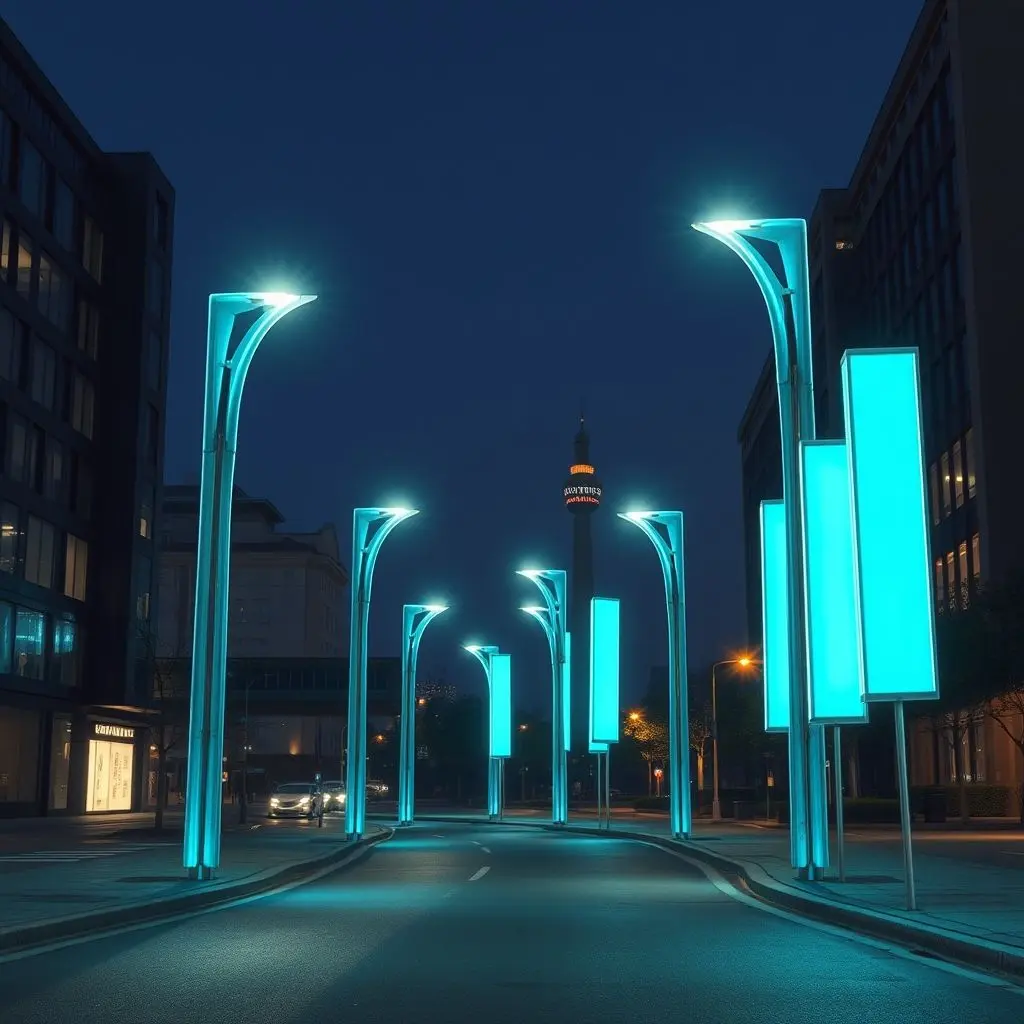
FAQs About Nature’s Light
Q: Is bioluminescent light bright enough to replace all our current lighting?
A: Currently, most bioluminescent systems are significantly dimmer than conventional electric lights. While research is ongoing to boost brightness, replacing all lighting is a long-term goal. Early applications are likely to be for low-level, ambient, or indicator lighting.
Q: How long does bioluminescent light last?
A: This varies greatly depending on the organism or system. A plankton bloom might last hours, while a firefly’s flash is milliseconds. Engineered systems aim for longer durations, but maintaining a consistent glow over extended periods (weeks, months) is a key challenge being addressed through nutrient supply and system design.
Q: Is bioluminescent lighting hot?
A: No, bioluminescence is often called ‘cold light’. Very little energy is lost as heat, which is one of its major advantages in terms of energy efficiency compared to incandescent bulbs.
Q: Could I have a bioluminescent plant as a lamp in my home?
A: Genetically engineered glowing plants exist in labs, but their light output is currently very low – more of a faint glow than usable light. Significant breakthroughs are needed before this becomes a practical home lighting solution. It’s a fascinating area of research, though!
Q: Is this technology safe?
A: Researchers are very mindful of safety, especially when working with genetically modified organisms. Any commercial application would require rigorous testing and regulatory approval to ensure safety for humans and the environment.
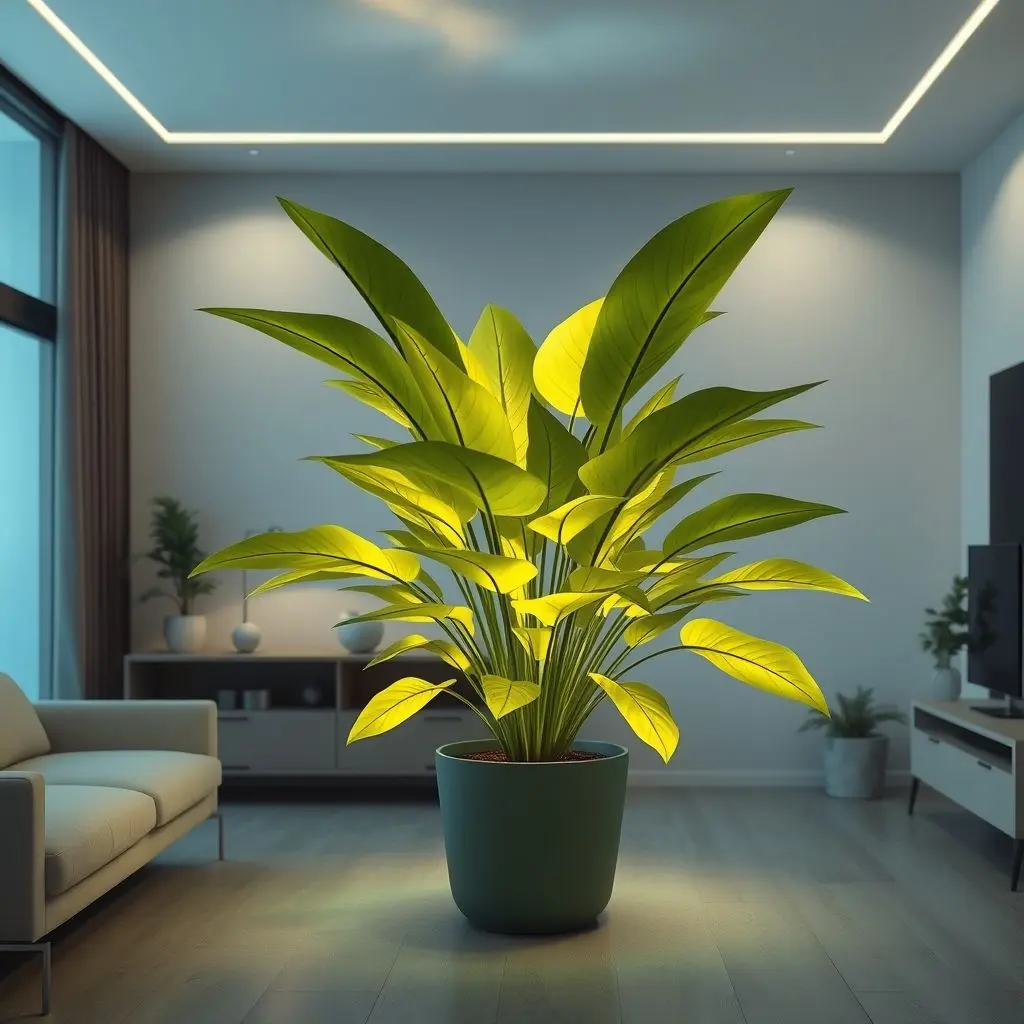
Shining Towards Tomorrow
The prospect of lighting our world with nature’s own brilliance is both scientifically challenging and deeply inspiring. It represents a potential paradigm shift away from energy-hungry, centralized power sources towards systems that are more distributed, sustainable, and perhaps even beautiful in their organic nature. While significant hurdles remain in terms of brightness, duration, stability, and cost, the ongoing research is steadily chipping away at these barriers.
The journey to living light is far from over, but the glow on the horizon is certainly captivating. As we continue to unravel the secrets of organisms that produce light, we edge closer to a future where our cities and homes might just shimmer with the quiet magic borrowed from fireflies, deep-sea abysses, and forest floors.
